What is hysterosalpingography?
Hysterosalpingography (HSG or uterosalpingography) is a radiological technique performed to check the health of the fallopian tubes (salpingi) and to study the morphology of the uterine cavity. Hysterosalpingography is therefore a purely female diagnostic test, which consists in the injection of a contrast fluid through the cervix, and in the subsequent evaluation of the radiological scans obtained.

Purpose of the test
Hysterosalpingography is often referred to as the "infertility test". A possible obstruction of the fallopian tubes hinders the fertilization of the egg, becoming a possible cause of infertility.
The information on the morphology of the female genital system, obtained by hysterosalpingography, allows to trace a differential diagnosis of the possible causes of female infertility. For example, it is not uncommon for the presence of uterine polyps, ovarian cysts or malignant tumors - which have arisen in the vicinity of the fallopian tubes - to prevent fertilization. In such situations, hysterosalpingography makes it possible to immediately identify the cause of infertility.
Similarly, the test also detects any congenital anomalies of the salpingi, which may also be attributed to the inability to conceive.
The hysterosalpingography allows to visualize the morphology of the uterine cavity and of the salpingi, while not providing any information on the actual functioning of the fallopian tubes.
Indications
The hysterosalpingography test is recommended in all situations in which the woman is unable to conceive or carry a pregnancy to term.
The indications for hysterosalpingography are:
- Spontaneous abortions
- Congenital anomalies of the uterus (eg, septal uterus, hypoplastic uterus)
- Acquired abnormalities of the uterus (eg. Endometrial polyps, submucosal myomas, synechiae or intracavitary adhesions, uterine fibroids)
- Fistulas of the genital tract
- Suspected alterations of salpingi
- Tuberculosis
Contraindications
Not always the woman can undergo hysterosalpingography. The test is not recommended in the following situations:
- Metrorrhagia (unexpected and painful bleeding in the intra-menstrual period)
- Acute / subacute inflammation of the fallopian tubes (salpingitis)
- Infections of the endometrium (endometritis)
- Allergies to the contrast agent
- Pregnancy in progress
Performing hysterosalpingography during a pregnant state would result in immediate abortion
When to get tested
In order to obtain a precise and clear radiographic evaluation, the hysterosalpingography test should be performed between the eighth and the twelfth day of the menstrual cycle. More generally, the woman can undergo the test in the period between the end of the menstrual flow and the beginning of the ovulatory period. During this phase - in which fertilization is almost denied - the endometrium is thin and the interpretation of the radiological screening it is facilitated.
Procedure
The hysterosalpingographic examination consists in the introduction of a non-ionic iodinated contrast medium into the uterine cavity, and in its subsequent analysis by means of radiographic scans.
A few hours before undergoing hysterosalpingography, it is advisable to take pain-relieving-antispasmodic drugs (eg Buscopan), to minimize the perception of discomfort or pain during the execution.
Before injecting the contrast medium, disinfection of the external genitalia and the uterine portal is necessary. The patient must be positioned on a radiological table, in a gynecological position. Subsequently, the radiologist - using the aid of a catheter or exocervical cups - injects about 10 ml of contrast liquid in order to visualize, by radiography, the uterine morphology .
The contrast fluid must be injected slowly, in order to avoid an annoying and dangerous distension of the uterine cavity.
The "injection of the contrast fluid" must be continued until the fallopian tubes become opaque and the same contrast medium diffuses into the peritoneal cavity through the fimbriae (thin branches at the end of the tubes).
After removal of the catheter, the peritoneal area must be disinfected, and the contrast medium completely aspirated.
Risks and complications
Fortunately, the complications deriving from hysterosalpingography are few, almost nil. Many patients, after having undergone the test, experience only mild side effects, such as:
- Small vaginal discharge
- Abdominal cramps (comparable to menstrual pain)
- Feeling dizzy
- Weakness
- Mild and transient spotting
Although unlikely, the more serious risks include uterine injury, pelvic infections, and allergic reactions to contrast fluid or materials used in the test.
There are currently no valid alternatives to hysterosalpingography in terms of diagnostic cost / effectiveness.

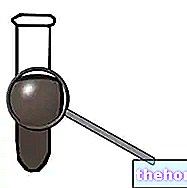

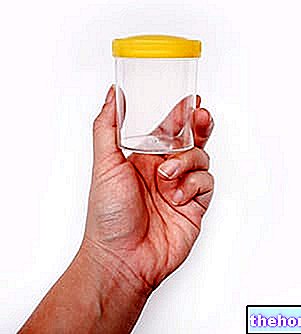
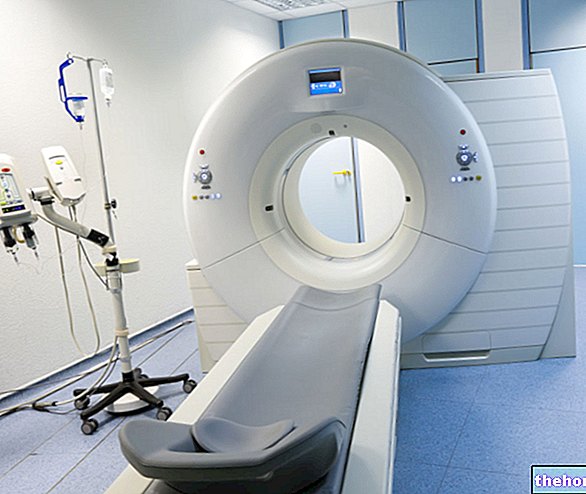
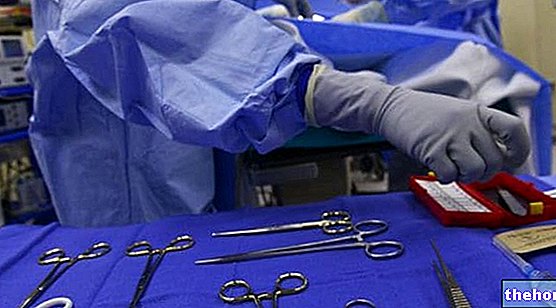
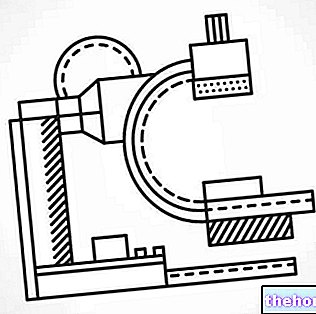
















-nelle-carni-di-maiale.jpg)




